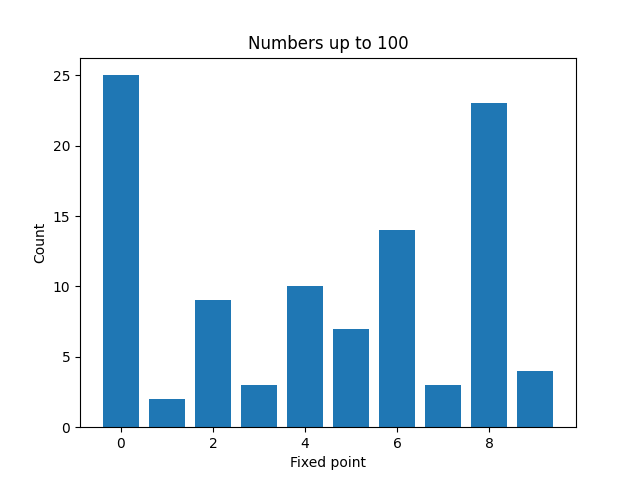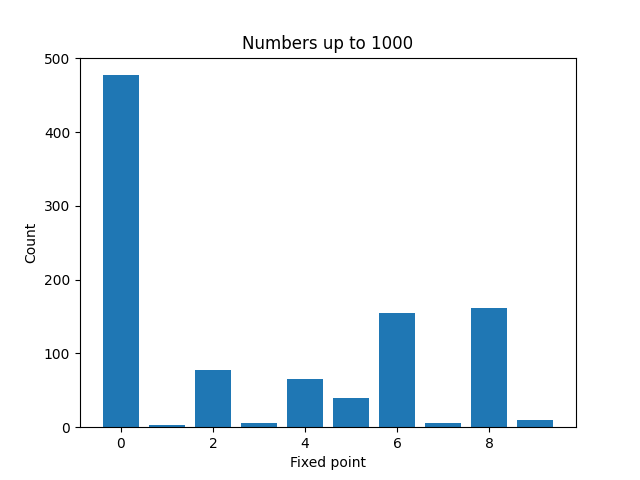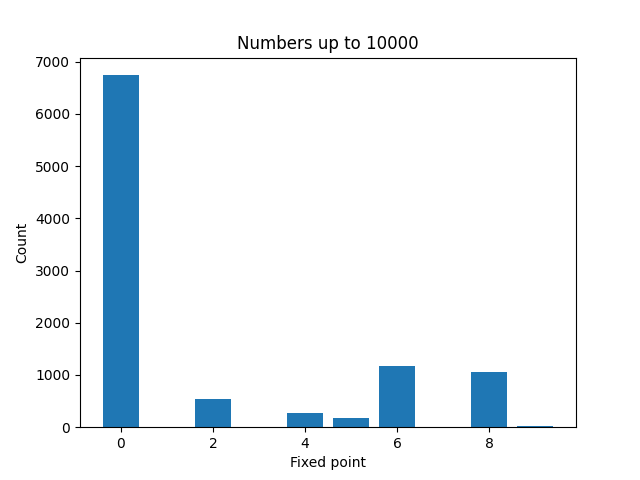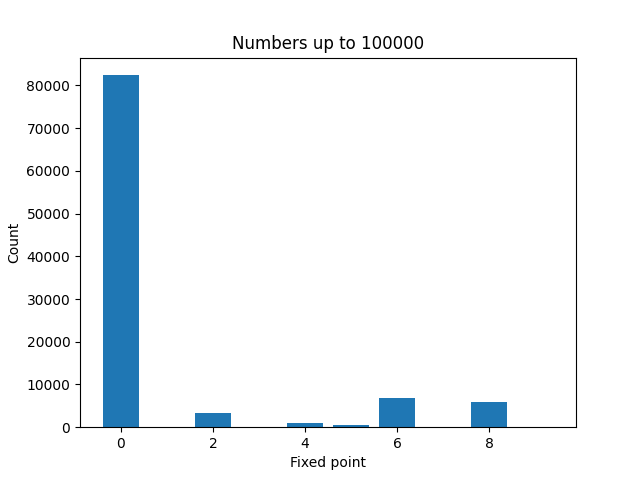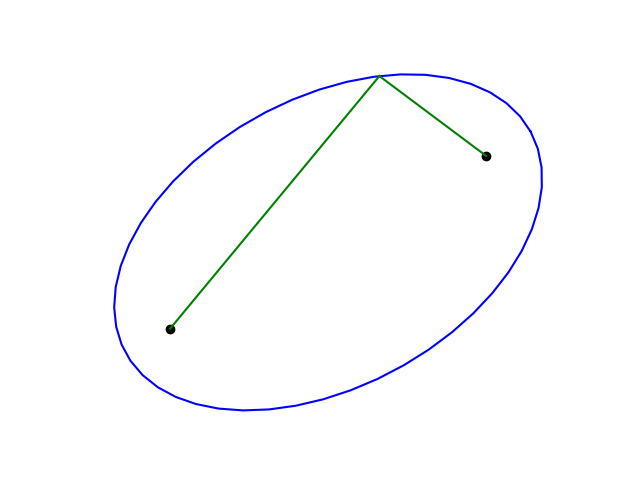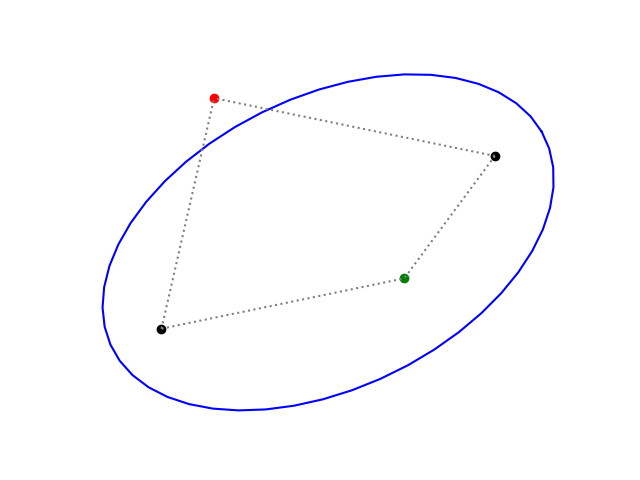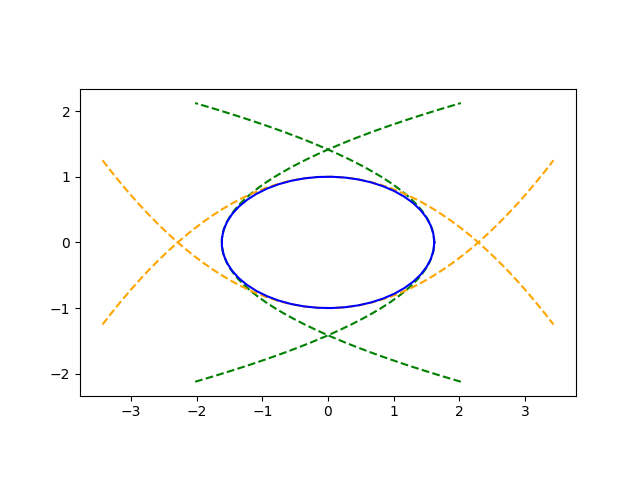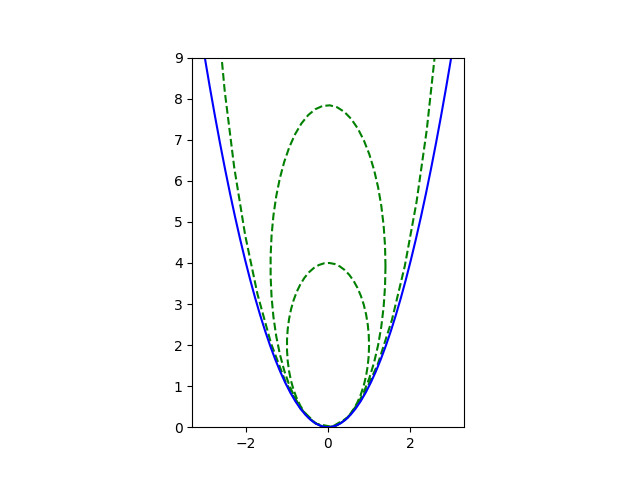It is possible to express every positive integer as a sum of powers of the golden ratio φ using each power at most once. This means it is possible to create a binary-like number system using φ as the base with coefficients of 0 and 1 in front of each power of φ.
This system is sometimes called phinary because of the analogy with binary. I’ll use that term here rather than more formal names such as base-φ or golden base number system.
An interesting feature of phinary is that in general you need to include negative powers of φ to represent positive integers. For example,
and so you could write 2 in this system as 10.01.
To state things more formally, every positive integer n satisfies the following equation where a finite number of coefficients coefficients ak are equal to 1 and the rest are equal to 0.
The golden ratio satisfies φ² = φ + 1 and so phinary representations are not unique. But if you add the rule that number representations must not have consecutive 1s, then representations are unique, analogous to the Fibonacci number system.
The original paper describing the phinary system [1] is awkwardly written. It has the flavor of “Here are some examples. You can see how this generalizes.” rather than a more typical mathematical style.
The end of the article says “Jr. High School 246 Brooklyn, N.Y.” and so when I got to that point I thought the style was due to the paper having been written by a public school teacher rather than a professional mathematician. I later learned from [2] that the author was not a math teacher but a student: George Bergman was 12 years old when he discovered and published his number system.
Phinary is not as simple to develop as you might expect. Bergman’s discovery was impressive, and not only because he was 12 years old at the time. You can find more sophisticated developments in [2] and in [3], but both require a few preliminaries and are not simple.
***
[1] George Bergman. A Number System with an Irrational Base. Mathematics Magazine. 31 (2): 98–110. 1957.
[2] Cecil Rousseau. The Phi Number System Revisited. Mathematics Magazine, Vol. 68, No. 4 (Oct., 1995), pp. 283-284
[3] Donald Knuth. The Art of Computer Programming, volume 1.

